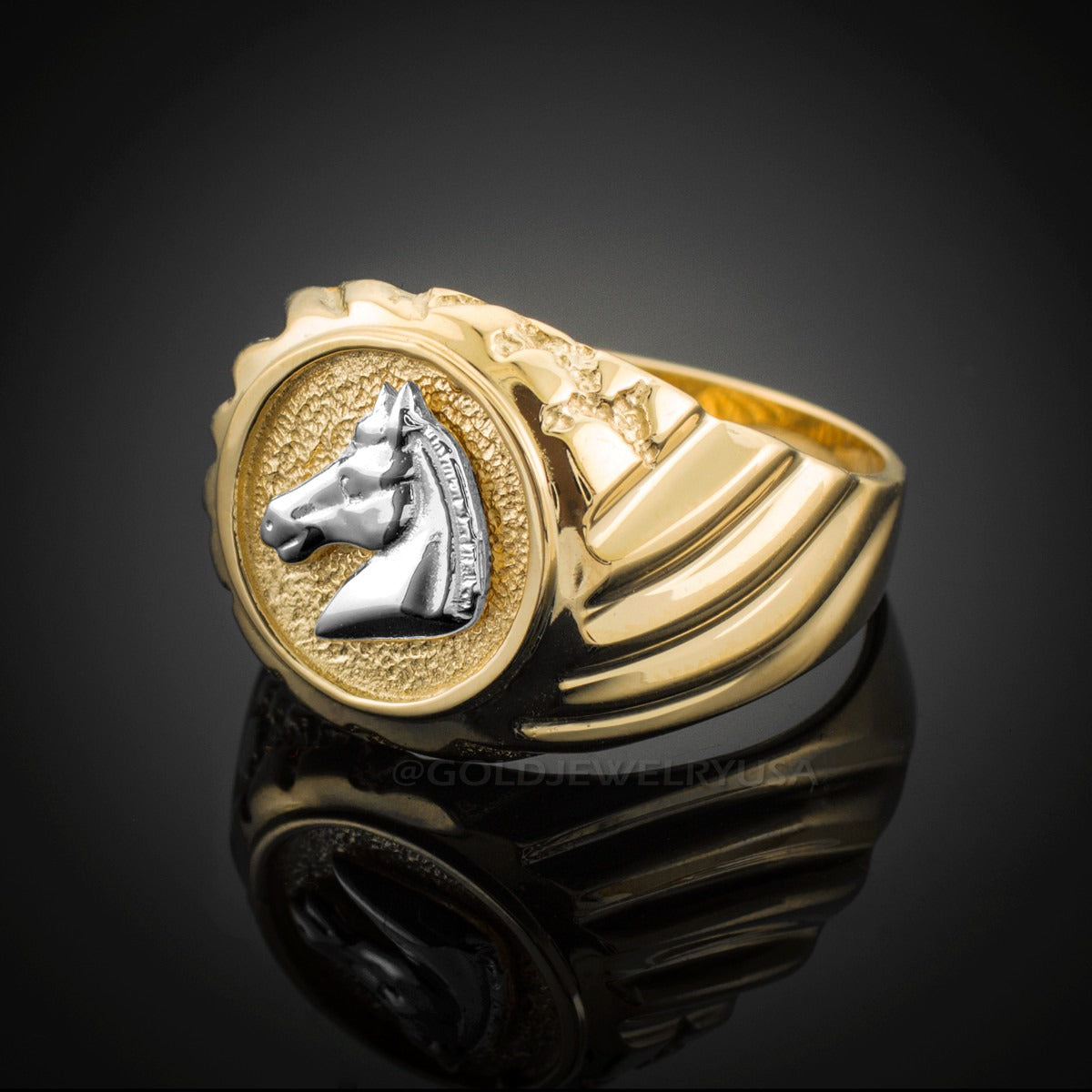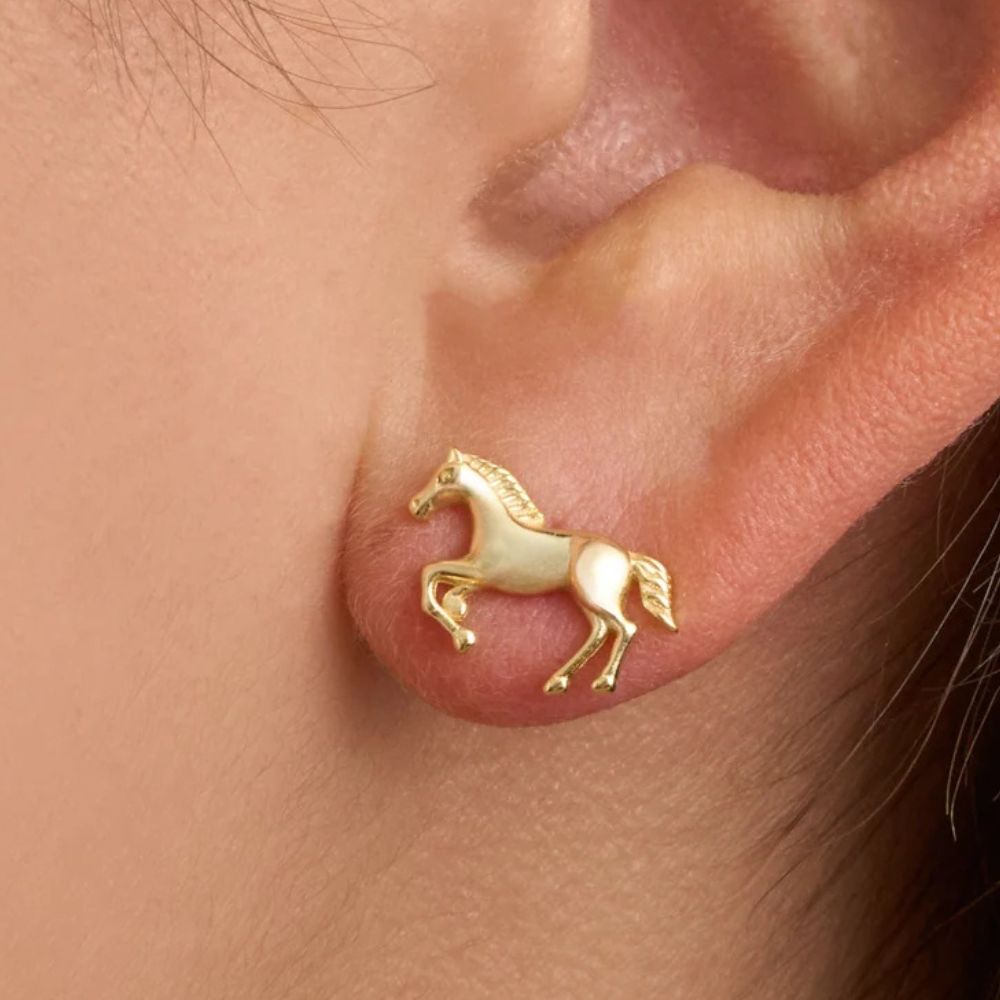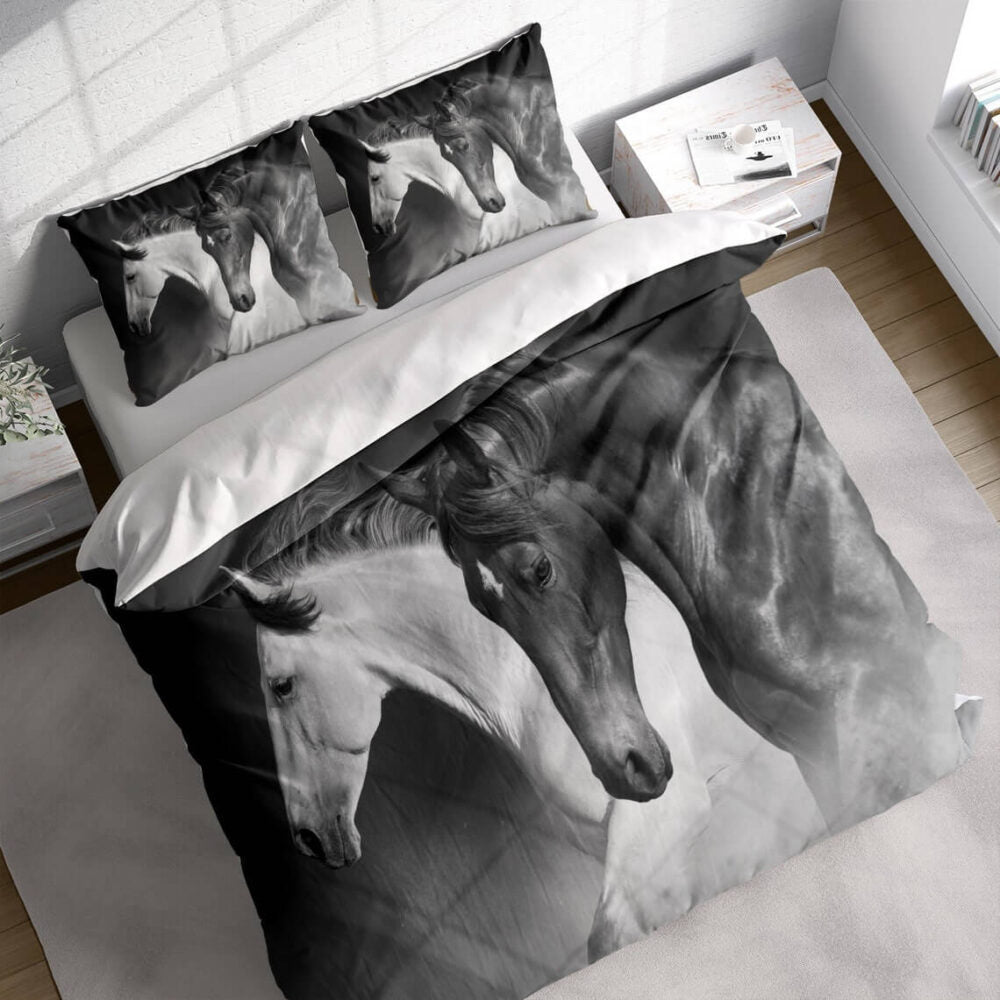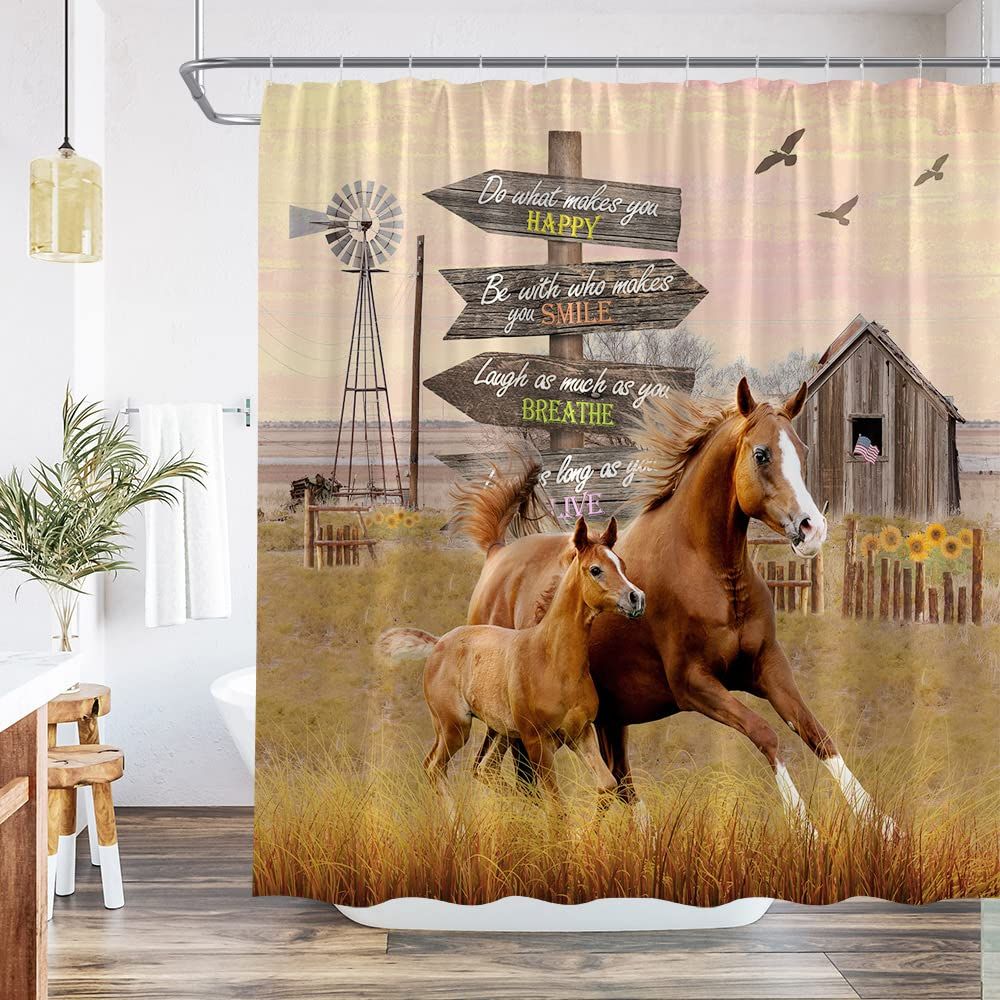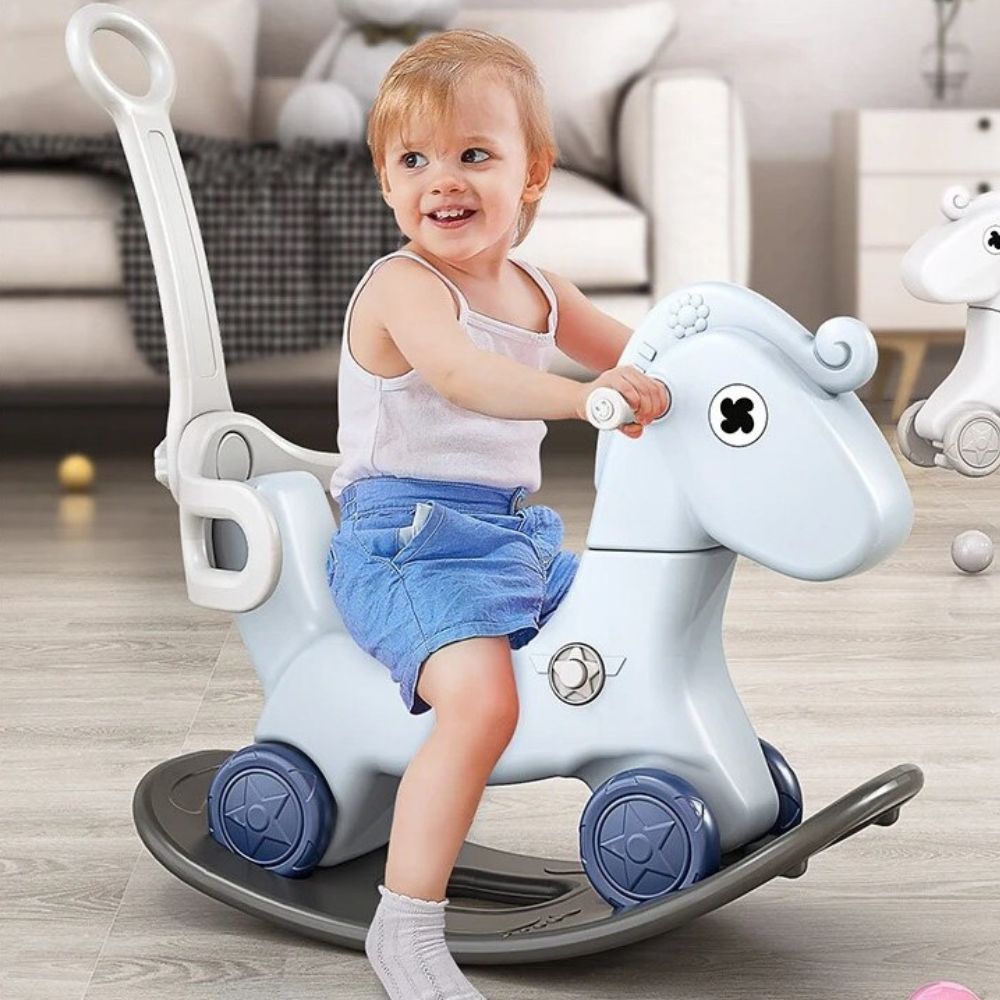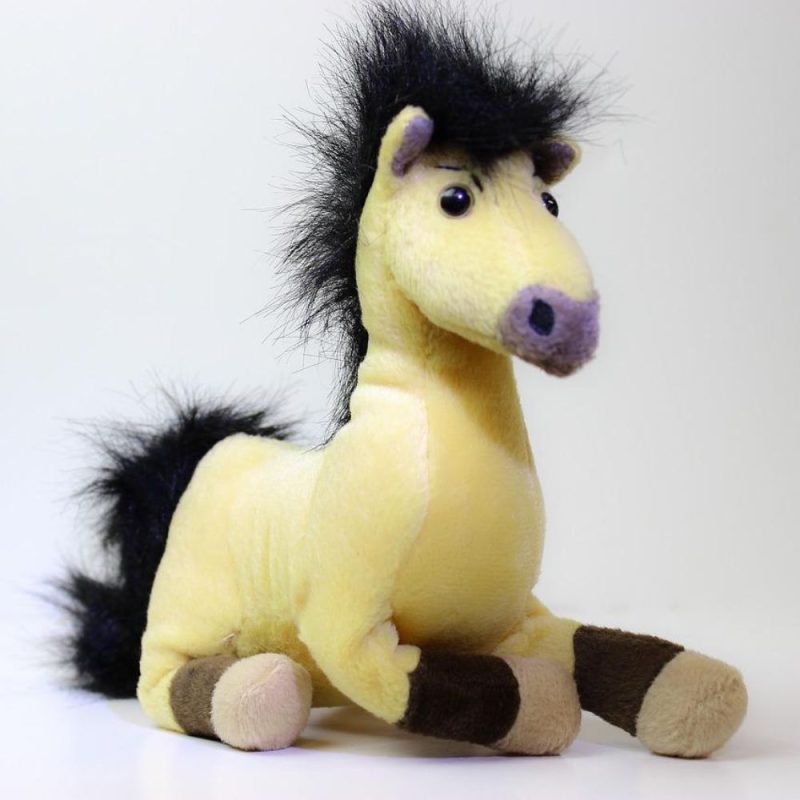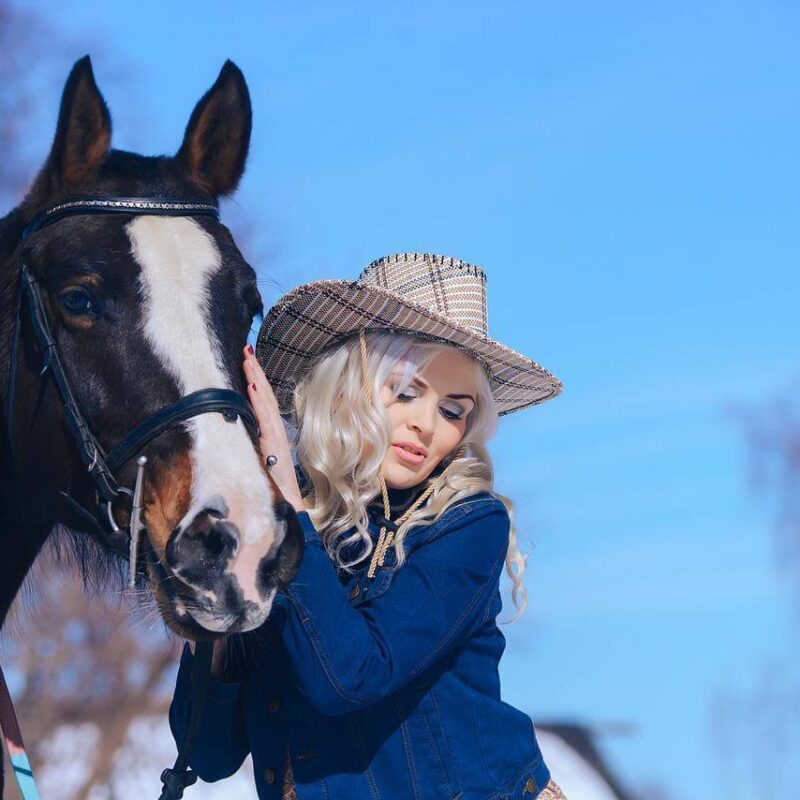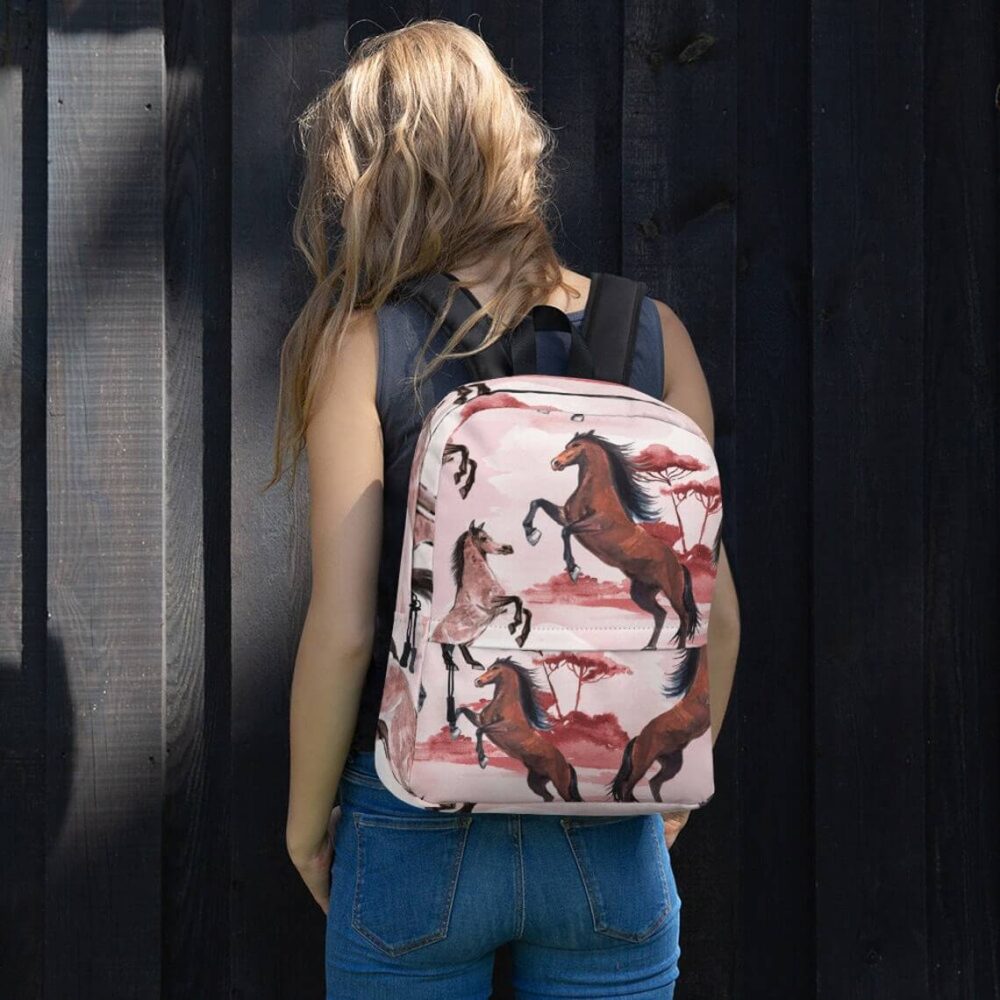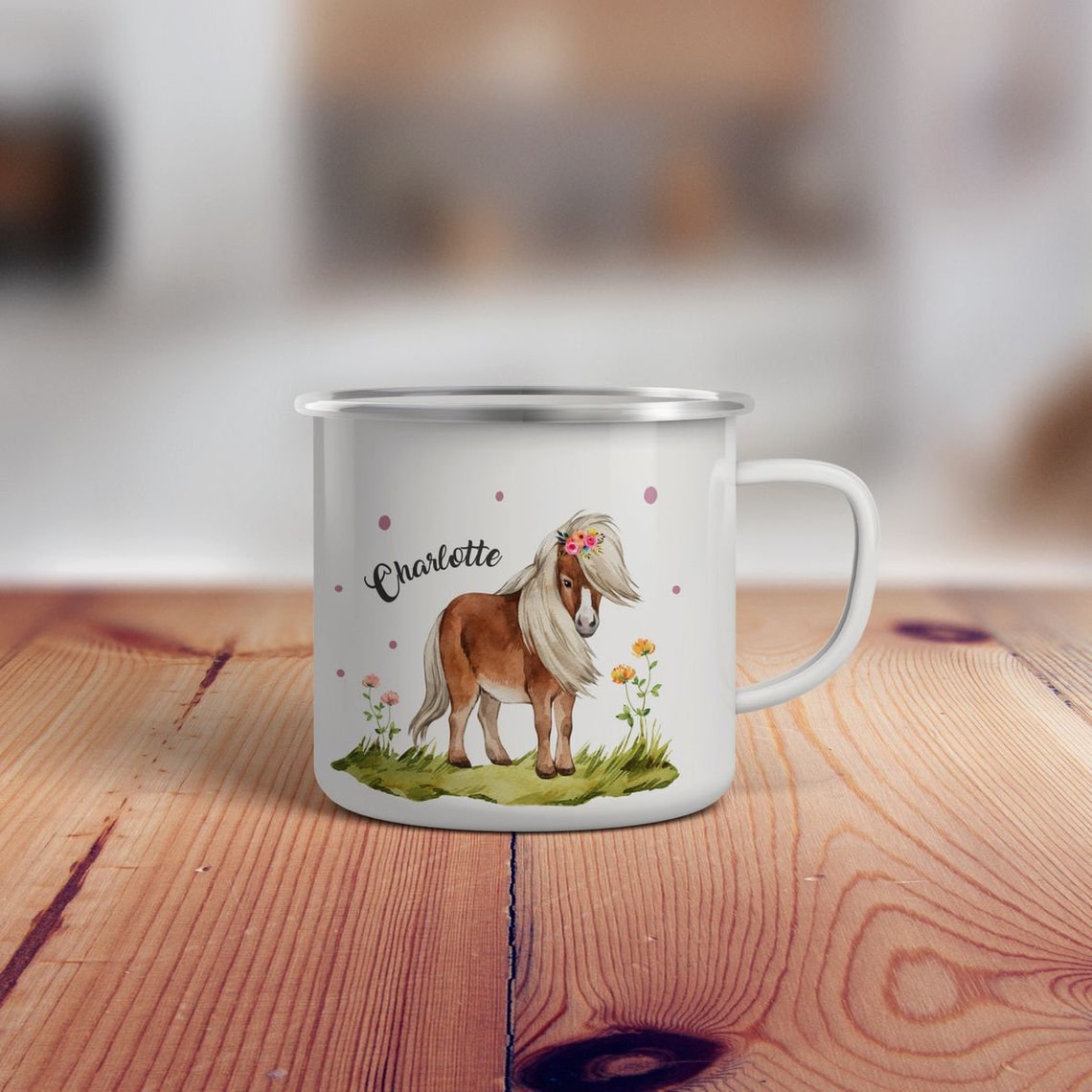
How Cold Is Too Cold for Horses to Be Outside? Winter Care Tips
Picture this: It's a crisp winter morning, the ground sparkling with frost, and your horse's breath forms tiny clouds in the chilly air. You wonder—should they be outside, or is it too cold? Horses are hardy creatures, built to handle the cold better than we often think, but even they have their limits. So, how cold is too cold for horses to be outside? Let's break it down. 🐴❄️
Horses generally handle cold weather well, thanks to their thick winter coats and natural resilience. But when temperatures drop below 5°F (-15°C), especially with wind or moisture, they can start to struggle. Wind chill is a game-changer, making even mild cold feel brutal. A wet coat, whether from rain or melting snow, strips away their insulation, leaving them vulnerable. Older horses, foals, or those with health issues need extra care—what’s "just chilly" for one might be dangerous for another. Blanketing, shelter, and extra forage are key, but let’s dig deeper. After all, winter care isn’t just about temperature—it’s about smart, thoughtful decisions that keep your horse thriving.
Understanding a Horse’s Natural Cold Tolerance
Horses evolved to endure harsh conditions, but domestication means some adaptations need a helping hand. Their winter coat is a marvel—each hair standing up to trap warm air close to the skin. Yet, this superpower has limits. A healthy horse with a full coat can usually stay comfortable down to freezing, but once the mercury dips lower, you’ll want to step in.
The Role of Wind and Moisture
Wind cuts through even the fluffiest coat, while rain or wet snow flattens those insulating hairs. A damp 40°F (4°C) day can feel colder to a horse than a dry 20°F (-7°C) one. Always provide windbreaks or shelters—whether it’s a stand of trees, a three-sided shed, or a full barn. Horses should never be left without a way to escape the elements.
When to Blanket: A Practical Guide
Blanketing isn’t always necessary, but it’s a lifesaver in specific conditions. If your horse is clipped, very young, old, or underweight, they’ll likely need a blanket once temperatures fall below 50°F (10°C). For others, wait until it’s near or below freezing, especially if wind or rain is involved.
- Light blanket: 30-50°F (-1 to 10°C), wet conditions, or light wind.
- Medium blanket: 10-30°F (-12 to -1°C), dry but cold.
- Heavy blanket: Below 10°F (-12°C), particularly with wind or precipitation.
The Power of Forage: Fueling Warmth From Within
Digesting hay creates internal heat—it’s like nature’s furnace. In winter, horses need 20-25% more forage than usual. Free-choice hay is ideal, ensuring they can munch around the clock. Grain alone won’t cut it; fiber is what keeps them warm from the inside out.
Hoof and Hydration: Winter’s Hidden Challenges
Snow and ice can lead to painful snowballing in hooves, so daily checks are a must. Hydration is equally critical—frozen water sources tempt horses to drink less, raising colic risks. Heated buckets or tank warmers can be a game-changer.
Winter with horses isn’t just about surviving—it’s about helping them









